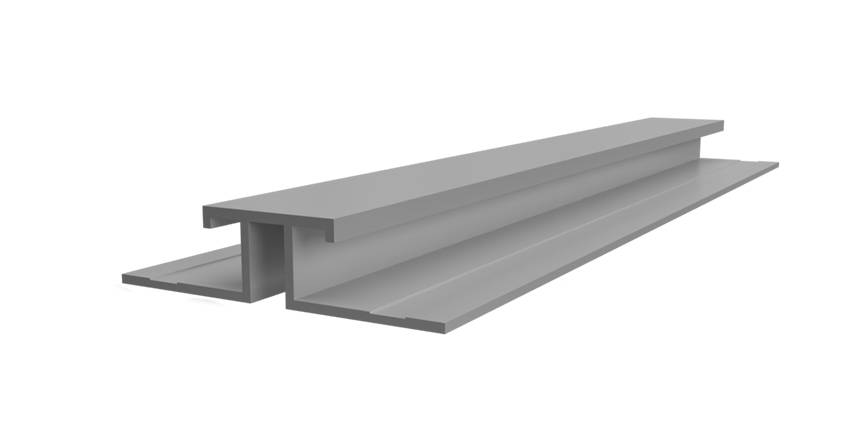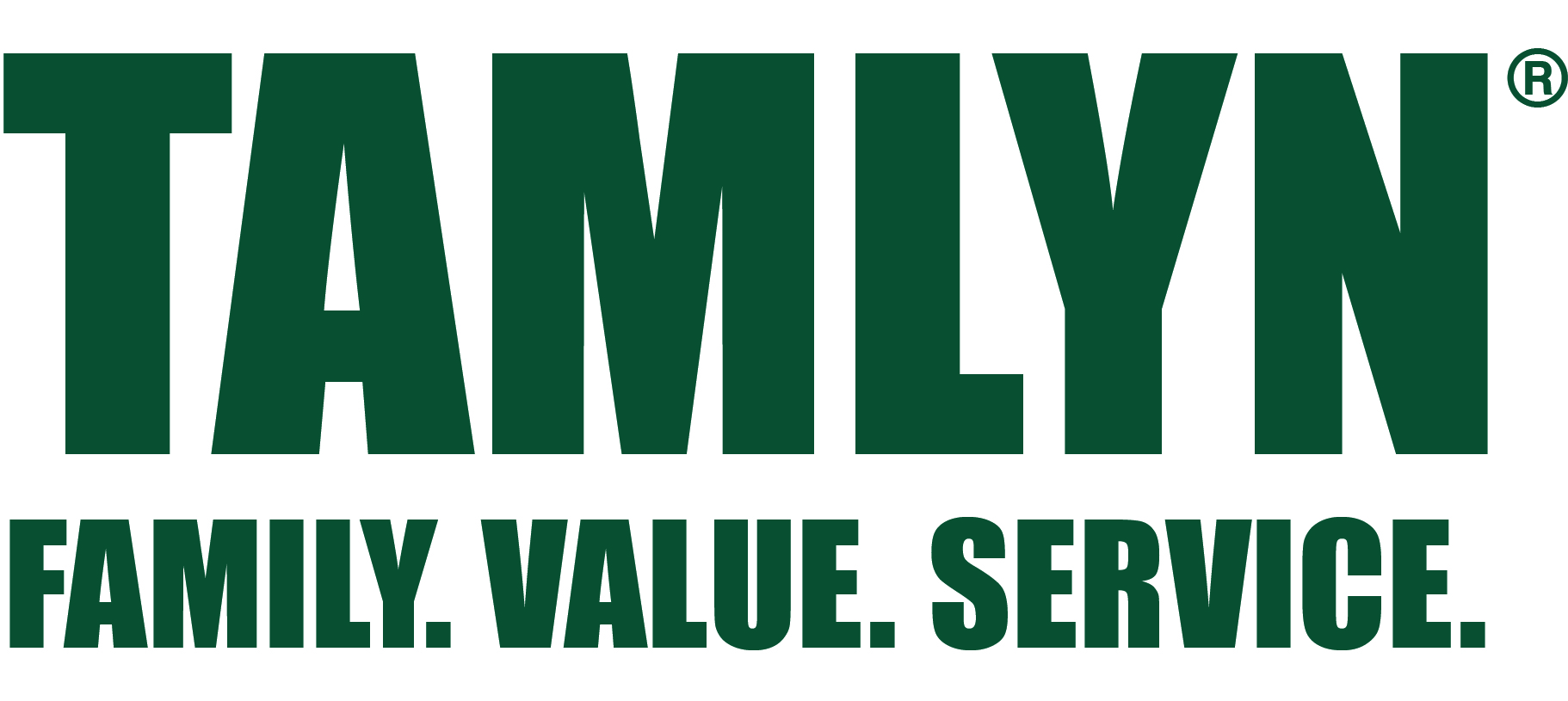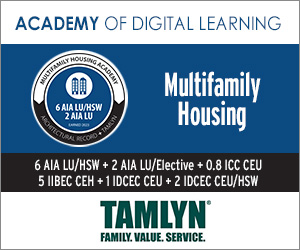Creative Collaboration: Partnerships Between Vendors and Architects Hold New Possibilities for Extruded Aluminum
 1 AIA LU/HSW; 1 IDCEC CEU/HSW; 0.1 ICC CEU; 1 IIBEC CEH; 0.1 IACET CEU*; 1 AIBD P-CE; AAA 1 Structured Learning Hour; This course can be self-reported to the AANB, as per their CE Guidelines; AAPEI 1 Structured Learning Hour; This course can be self-reported to the AIBC, as per their CE Guidelines.; MAA 1 Structured Learning Hour; This course can be self-reported to the NLAA.; This course can be self-reported to the NSAA; NWTAA 1 Structured Learning Hour; OAA 1 Learning Hour; SAA 1 Hour of Core Learning
1 AIA LU/HSW; 1 IDCEC CEU/HSW; 0.1 ICC CEU; 1 IIBEC CEH; 0.1 IACET CEU*; 1 AIBD P-CE; AAA 1 Structured Learning Hour; This course can be self-reported to the AANB, as per their CE Guidelines; AAPEI 1 Structured Learning Hour; This course can be self-reported to the AIBC, as per their CE Guidelines.; MAA 1 Structured Learning Hour; This course can be self-reported to the NLAA.; This course can be self-reported to the NSAA; NWTAA 1 Structured Learning Hour; OAA 1 Learning Hour; SAA 1 Hour of Core Learning
Learning Objectives:
- Discuss new innovations for extruded aluminum in terms of profile shapes.
- Explain how new fire-rated reveals provide better safety for building structures.
- List three new technologies that can be integrated with extruded aluminum to support better comfort for occupants.
- Describe ways in which vendors and architects can collaborate in the united goal of healthier and safer products.
This course is part of the Multifamily Housing Academy
Thermal Comfort
Aluminum extrusions have high thermal conductivity and typically require thermal insulation barriers within the aluminum frame to prevent heat loss (or gain) and to prevent condensation on the inside surfaces of window frames. Thermal barriers use polyamide strips or “poured and debridged” polyurethane to achieve optimal insulation properties – 500 to 1,300 times lower than the aluminum itself – within the extruded aluminum framing. These resin barriers are designed to maintain their hardened, solid state contained within the aluminum frame and not degrade, leach, or off-gas into the environment, and so they are considered nontoxic to building occupants.
Sustainability
Aluminum extrusions offer engineers, architects, and product designers a unique combination of attributes that can lead to outstanding product solutions. Strong, lightweight, corrosion-resistant, capable of complex shapes with tight tolerances, engineered performance, and infinitely recyclable, extrusions are ideally suited to today’s world where climate change continues to be a worsening issue.
Aluminum is the only material that will pay for itself over its lifespan thanks to recyclability. During extrusion manufacturing, most processed and new scrap is fed back into the billet production process. At the end of life, aluminum scrap is collected and sold—via a well-established infrastructure—to secondary smelting operations for billet production. Numerous extruders operate their own secondary smelting facilities in addition to purchasing billet from independent secondary smelters.
The recycling rate for aluminum products has proven to be quite high. According to a recent environmental product declaration (EPD) based on the life cycle analysis of extruded aluminum, it is estimated that 100 percent of aluminum extrusions are recycled at the end of life. However, at this point, 95 percent represents a defensible recycling rate for aluminum extrusion products in the building and transportation sectors, so if this rate is used, it is assumed that the remaining 5 percent goes to landfill. No co-products are generated from the production process.
Extruded Aluminum on the Cutting-Edge
This section will discuss the ways in which extruded aluminum has recently expanded. It will look at new developments in finishes and profiles, as well as the integration of additional technology. It will then discuss the ways in which extruded aluminum has evolved in terms of performance and safety, including fire resistance as well as the codes and standards that go along with these new developments.
Batten: Aesthetics and Well-Being
Batten or Board and Batten originated as a form of house siding, providing an exterior texture as a common style for arts-and-crafts architecture. Its popularity has reemerged over the past decade, and it has expanded to multifamily and commercial designs. Its unique aesthetic manages to evoke a rustic chic and handmade quality that is also wholly contemporary. In the past, battens were often made of wood that would rot or crack or otherwise need maintenance. That issue led to a shift away from board and batten toward other siding materials—vinyl, stone, and stucco, for instance.
But the emergence of extruded aluminum as a detail element, which can emulate the look of wood without the heavy maintenance, has led architects and building owners back to specifying for batten as an element of design. While their increased access to extruded aluminum manufacturers has allowed them to modernize the batten.
Batten plays with shadow and light, giving a building a dynamic interplay with the sun throughout the day. It can evoke a comfort quality—a nostalgic sense of harkening back to simple times, like the feeling of a farmhouse. It also can provide an urban chic quality for commercial buildings looking to evoke an atmosphere of dynamic innovation. What architects began to ask was can we have the batten be a lower profile off the board, which wouldn’t be possible with wood or other materials, but can be done with an extrusion. The result is a modern batten that only projects off the wall an 1/8 inch or ¼ inch, still giving the light interplay while blending greater in the facade. The versatility of extruded aluminum for finishes and colors shift the mood and style across a broad spectrum. The feelings that batten can evoke support the idea that good quality aesthetic design produces positive emotional experiences for the occupant and enhances happiness and well-being.
Some of the latest technologies in extruded aluminum batten emulate and shift the look of wood batten without the high maintenance and also serve as rustproof flashing between vertical siding. The aluminum alloy and coating of the batten protect against harsh weather and allow for paint adhesion and other finishes. The profiles are primarily placed vertically and can be finished with a variety of modern colors or finished in a weathering steel for a rustic look.

Graphic courtesy of TAMLYN
The projected batten-style vertical provides a subtle aesthetic design that blends into the facade while still providin
dynamic light interplay.

Graphic courtesy of TAMLYN
Batten corners have a bold, unique corner look that pairs well with vertical bead reveal.

Graphic courtesy of TAMLYN
This is the 135-degree inside corner, which will work well with multiple profiles and corresponds to 90-degree standard
profiles in face sides.
Outside and Inside Corners
To compliment the modern batten profiles are corners made of extruded aluminum that are an important innovation as they provide bold corner designs with low maintenance. The bold corners include stops that create attractive reveal shadow lines at the corner. A similar design is also available with faces that cover the edge of the panel providing a buffer for error in installation, which adds to the easy appeal of using the extruded aluminum batten corners without concern for a reinstall, which would cost money and time.
Other outside corner technology includes 135-degree low profiles and 135-degree reveal open outside corners, both of which work well with vertical options and correspond in face sizes to 90-degree standard corners.











